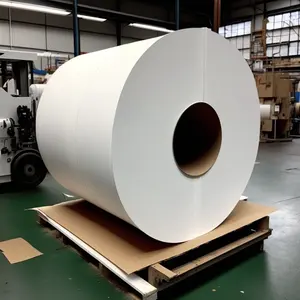Understanding Biodegradable Writing Paper
Biodegradable writing paper represents a sustainable choice in the paper industry, offering an eco-friendly alternative to traditional paper products. This category encompasses a variety of paper types designed to decompose naturally, reducing environmental impact.
Types and Materials
Biodegradable writing paper comes in several forms, including special paper, kraft paper, and baking paper. The materials used in these papers, such as wood pulp or mixed pulp, are selected for their ability to break down post-use. The production processes, whether involving chemical-mechanical pulp, chemical pulp, or mechanical pulp, are tailored to enhance the biodegradability of the paper.
Applications and Features
The applications of biodegradable paper are diverse, ranging from personal notebooks to business stationery. Its features often include compatibility with various writing instruments and printability, making it suitable for both handwriting and printing needs. The adaptability of this paper allows it to be used in various settings, from educational institutions to corporate offices.
Environmental Advantages
Choosing eco-friendly writing paper contributes to a reduction in waste and pollution. As it breaks down, it minimizes the amount of waste in landfills and the release of harmful substances into the environment. This paper is often produced with sustainability in mind, from sourcing materials responsibly to implementing production methods that conserve resources.
Quality and Durability
Despite its biodegradable nature, this type of paper does not compromise on quality or durability. It is crafted to meet the same performance standards as non-biodegradable options, ensuring that it serves its purpose effectively before it naturally decomposes.
Choosing the Right Biodegradable Paper
When selecting biodegradable paper for writing, it is important to consider the specific needs of the task at hand. Factors such as paper weight, texture, and the intended use should guide the selection process to ensure that the paper meets the required standards for its intended application.







































 浙公网安备 33010002000092号
浙公网安备 33010002000092号 浙B2-20120091-4
浙B2-20120091-4